ChromeOS + Cameyo: Soon you will have Windows apps on Chromebook
Partnership turned to Acquisition
3 min. read
Published on
Read our disclosure page to find out how can you help Windows Report sustain the editorial team. Read more
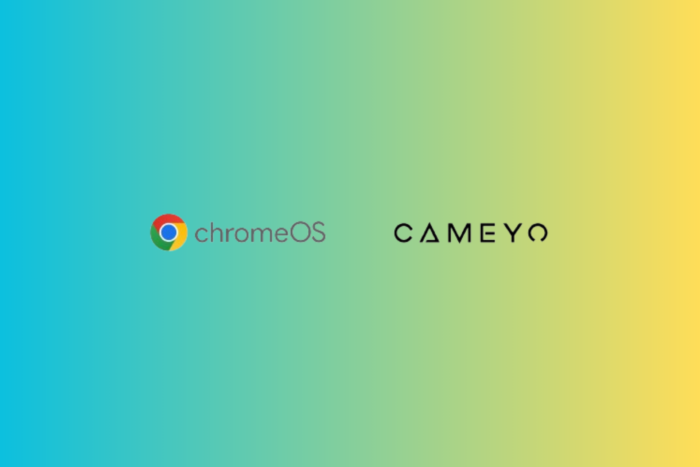
Google has acquired Cameyo, which can prove revolutionary as it will make legacy applications accessible and easy to manage within the Chrome ecosystem.
Let’s give a quick introduction to those who don’t know Cameyo. Cameyo is a virtual application delivery platform that lets you access and run Windows applications remotely from any device without installing them. You can access the Windows app from a web browser or via a native client on various devices, including Macs, Chromebooks, and more.
Naveen Viswanatha, Head Of Product, ChromeOS Commercial Solutions, said:
We are thrilled to welcome the Cameyo team to Google. As ChromeOS continues to support customers with their transition to a more secure and seamless computing experience, Cameyo has offered a valuable virtualization solution for enterprise customers to deliver key legacy applications via the cloud. Following our partnership over the past few years, we’re looking forward to working more closely with the team to support more customers in their transition to deploy ChromeOS. More to come soon.
Last year, Cameyo and Google partnered to integrate Cameyo’s VAD service with ChromeOS, allowing Windows apps to run on Chromebooks. With the latest news, it seems Google is committed to preparing Chromebooks for their enterprise and business customers to run legacy Windows apps without Windows OS.
What does it mean for ChromeOS users?
In the official blog, Google called ChromeOS and Cameyo a perfect pairing and said:
ChromeOS has long been committed to providing users with the best possible experience for virtual applications. Recognizing the potential of VAD, we partnered with Cameyo last year to launch a seamless virtual application delivery experience fully integrated with ChromeOS—with local file system integration, ability to deliver virtual apps as progressive web apps (PWAs) and enhanced clipboard support. These features ensure users can seamlessly access data and files in a secure, easy, and familiar way within virtual apps.
This means ChromeOS users can use legacy apps without the hassle of installations and updates. IT admins will gain more control over application management and need to worry less about security risks.
Google also mentioned how the acquisition of Cameyo will assist businesses access web-based apps:
- Simplifying application deployment: Virtualized applications can be easily deployed and accessed across your organization, regardless of device or location.
- Enhancing security: Both ChromeOS and Cameyo provide zero trust security, and together deliver deep protection of data and systems from vulnerabilities.
- Improving productivity: Employees can access the applications they need quickly and easily as a PWA directly from the ChromeOS shelf, without the frustration of compatibility issues, slow performance, or virtual desktops to navigate.
- Reducing IT costs: Streamlining application management, support processes, and removing infrastructure requirements translates to significant cost savings over time.
Here is what Mario Zúñiga, IT Director, Digital Workplace at Sanmina, said on this acquisition:
Deploying apps with ChromeOS and Cameyo is remarkably simple. Session management, load balancing, failover, etc.—it’s all handled by Cameyo, so all we had to focus on was the apps we wanted to publish. It was very easy to get set up, and ongoing management is a breeze —especially when compared to traditional virtual desktop approaches. Cameyo is a key element to enabling our long-term Chrome Enterprise strategy. The fact that Cameyo has deep partnerships and integration with Chrome Enterprise and Google Cloud makes this an even more strategic fit.
What do you think about Google’s acquisition of Cameyo? Share your views with our readers in the comments section below.


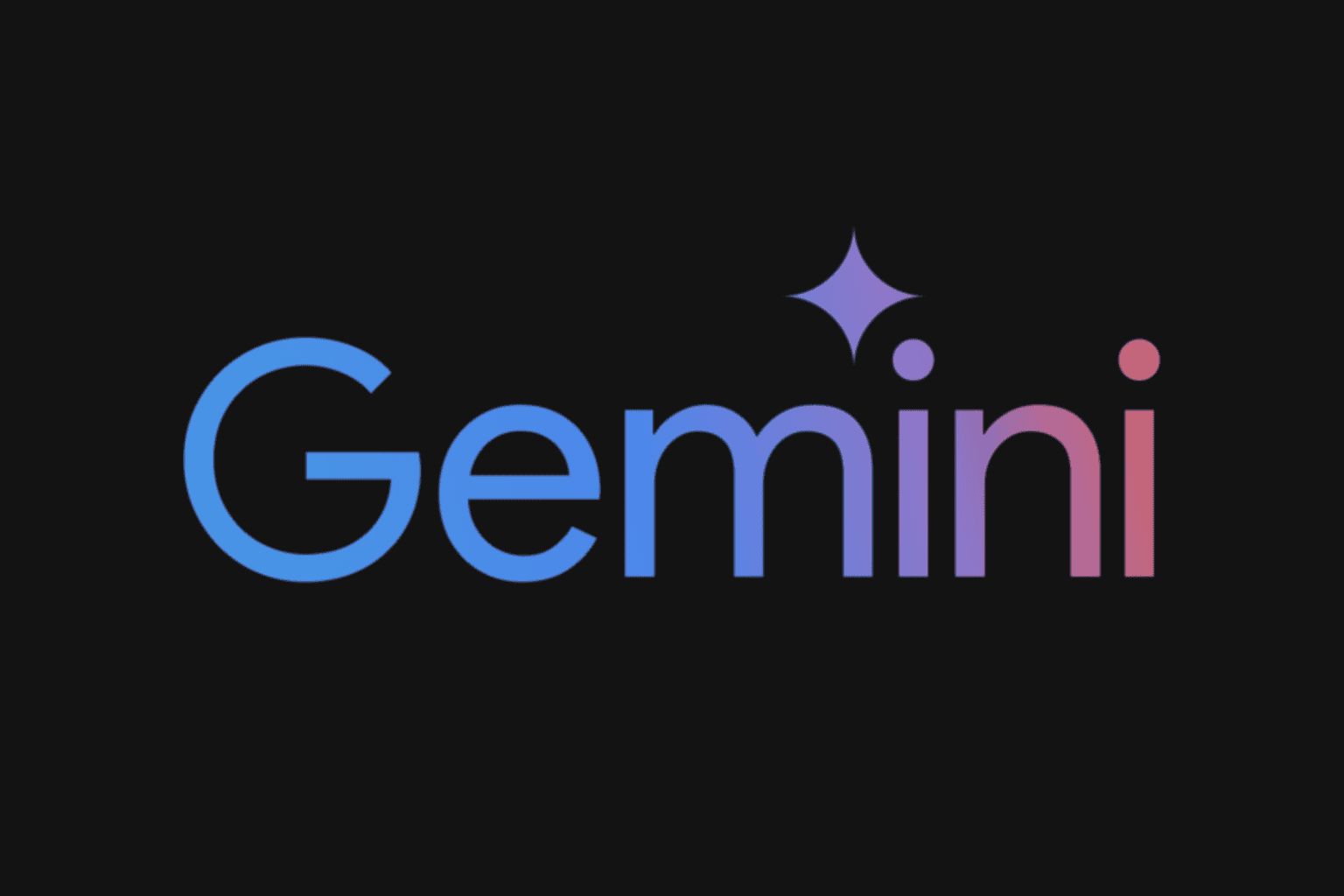
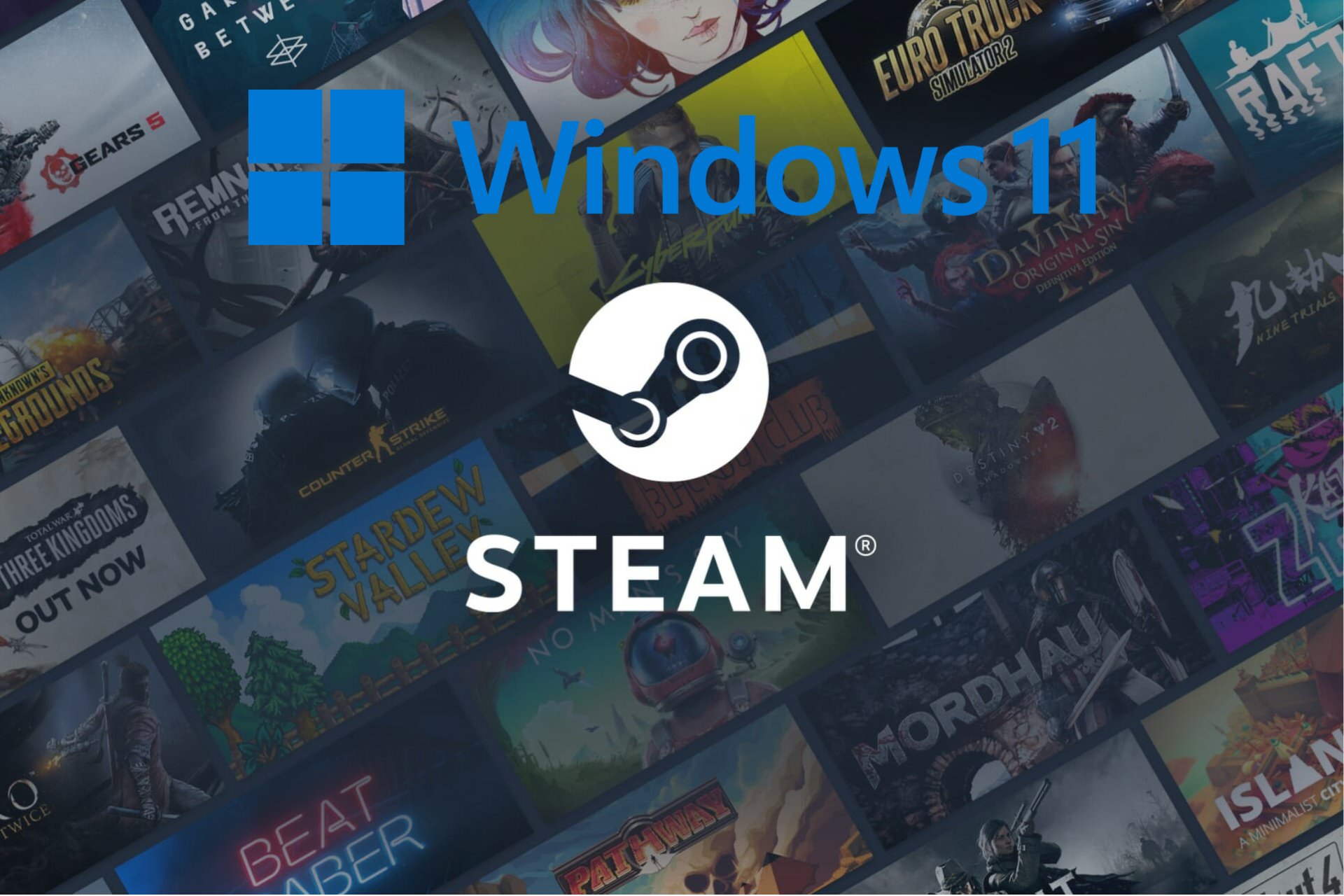

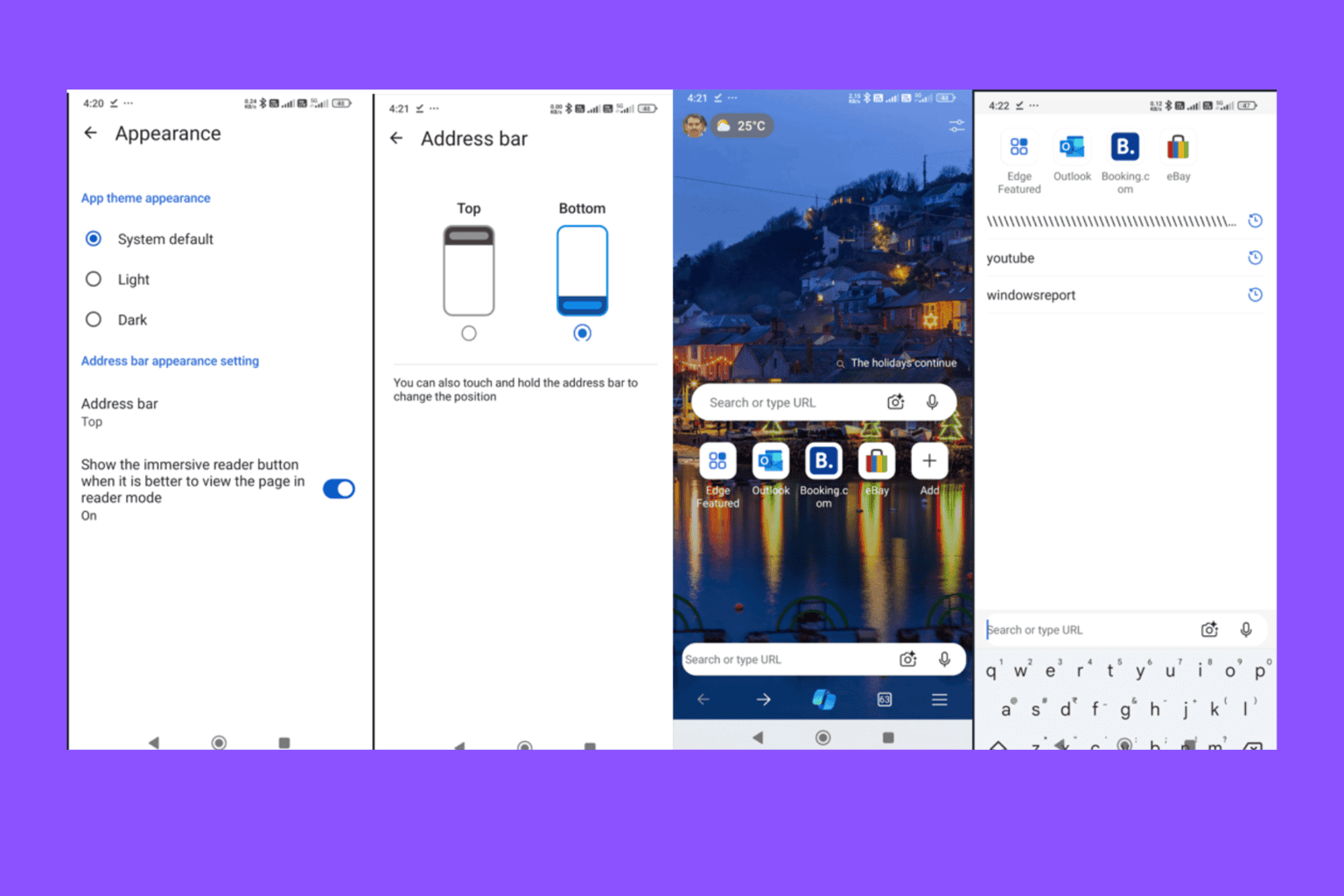
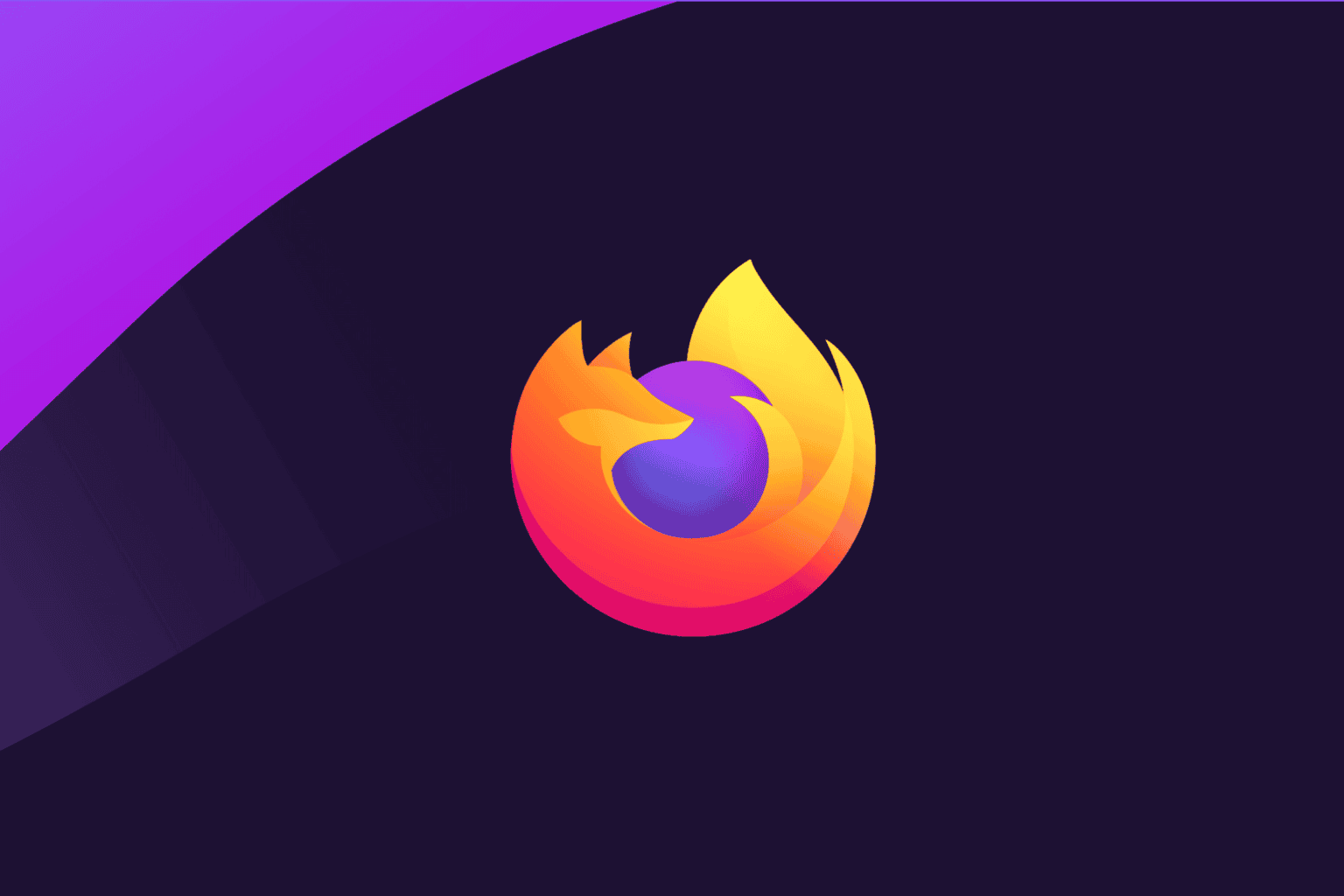
User forum
0 messages